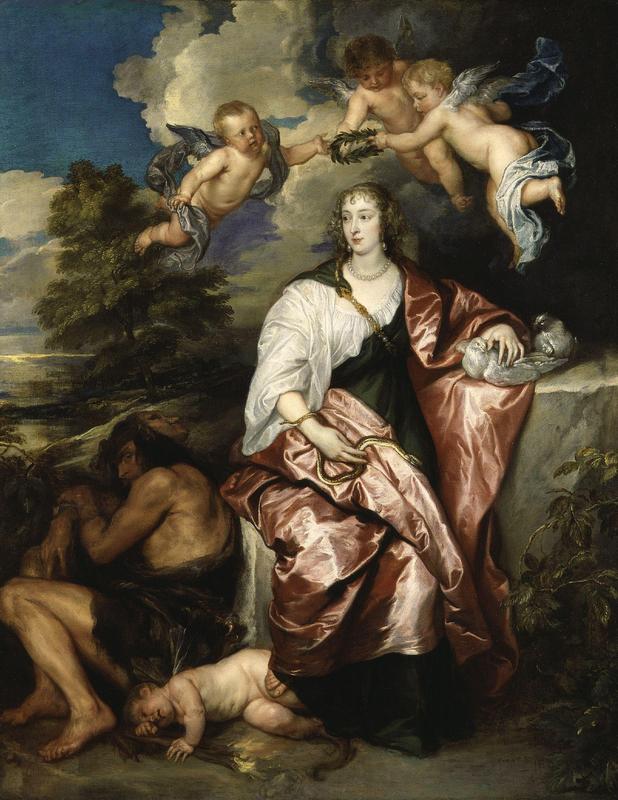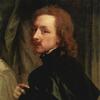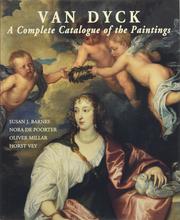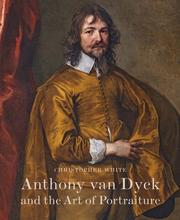More about Venetia, Lady Digby
- All
- Info
- Shop

Contributor
Anthony van Dyck painted Venetia, Lady Digby after a young woman whose name was a Latinization of the name Gwyneth.
The Perez Hilton of his day, John Aubrey is either a vicious slanderer or the only person able to get the inside scoop on the polyamorous ways of Venetia, who would become Lady Digby. Nobody knows for sure, but Aubrey claims to have confronted Venetia's childhood love, and eventual husband, Kenelm Digby, about the rumors that she had been a concubine for an Earl of Dorset, giving birth to his child, and receiving child support of £500 per annum. In a story which could air on an episode of "Sally Jessy Raphael," Aubrey continues, saying that the Earl cut off Venetia's child support after her wedding to Kenelm, so Kenelm sued the Earl, and won. According to Aubrey, this was Kenelm's unbelievably calm response: "A handsome lusty man that was discreet might make a virtuous wife out of a brothel-house." This the classic "rescue relationship," documented by voices as wide-ranging as Sigmund Freud to E-40.
When I was in elementary school, I clung to the strange idea that people in feudal Europe were better behaved than people of today. Maybe it's true that they were much more worried about avoiding sin than we are, but the briefest glance at the life of Venetia, Lady Digby, which is almost entirely documented in the words and images of men who had a thing for her, shows that they were just as shady and flawed as people today. The poets loved Venetia, writing about her all the time, but, as one critic said of her, "poets do not write about a woman because she is a good wife: there is something else in the air, and that something else is the eternal mystery of beauty."
It seems that everyone who wrote about van Dyck's close relationship with the Digbys was a huge gossip, spreading rumors like the idea that van Dyck painted Venetia four times in one year because he had a secret intimate relationship with her. For this reason, van Dyck put a symbolic reference to a quote from the Greek New Testament, describing the perilous life of the "sheep," the unquestioning follower of the church. Even though the King James Version translation was available the year of Venetia, Lady Digby, it is unlikely that van Dyck had it, because it was not yet in widespread use.
Sources
- Barfoot, Cedric C. And Never Know the Joy: Sex and the Erotic in English Poetry. Amsterdam: Rodopi, 2006.
- Bligh, Eric Walter. Sir Kenelm Digby and his Venetia. London: Sampson Low, Marston & Company Limited, 1932.
- Fulmer, Richard H. "‘Don't save her’–Sigmund Freud meets Project Pat: The rescue motif in hip‐hop." The International Journal of Psychoanalysis 89, no. 4 (2008): 727-742.
- Knackfuss, Hermann. van Dyck. Leipzig: Velhagen & Klasing, 1899.
- Lodge, Edmund. Portraits of Illustrious Personages of Great Britain: Engraved from Authentic Pictures in the Galleries of the Nobility and the Public Collections of the Country. With Biographical and Historical Memoirs of Their Lives and Actions. London:
- "Matthew 10:16." BibleGateway, https://www.biblegateway.com/passage/?search=matthew+10%3A16&version=GNV.
- Peterseil, Yaacov. Tell it from the Torah: Va'yikra, B'midbar, Devarim, Vol. 2. Jerusalem: Pitspopany, 1998.













